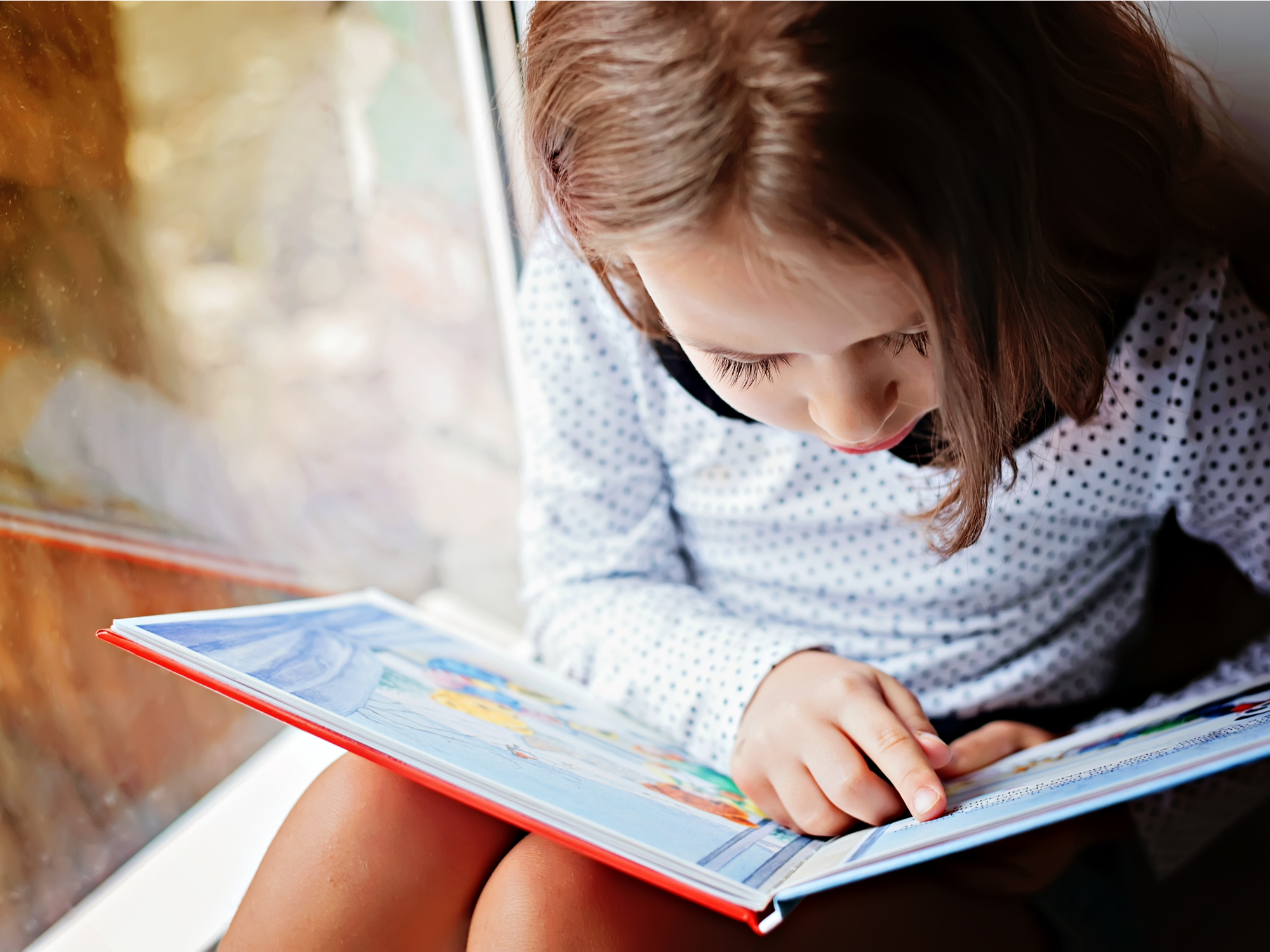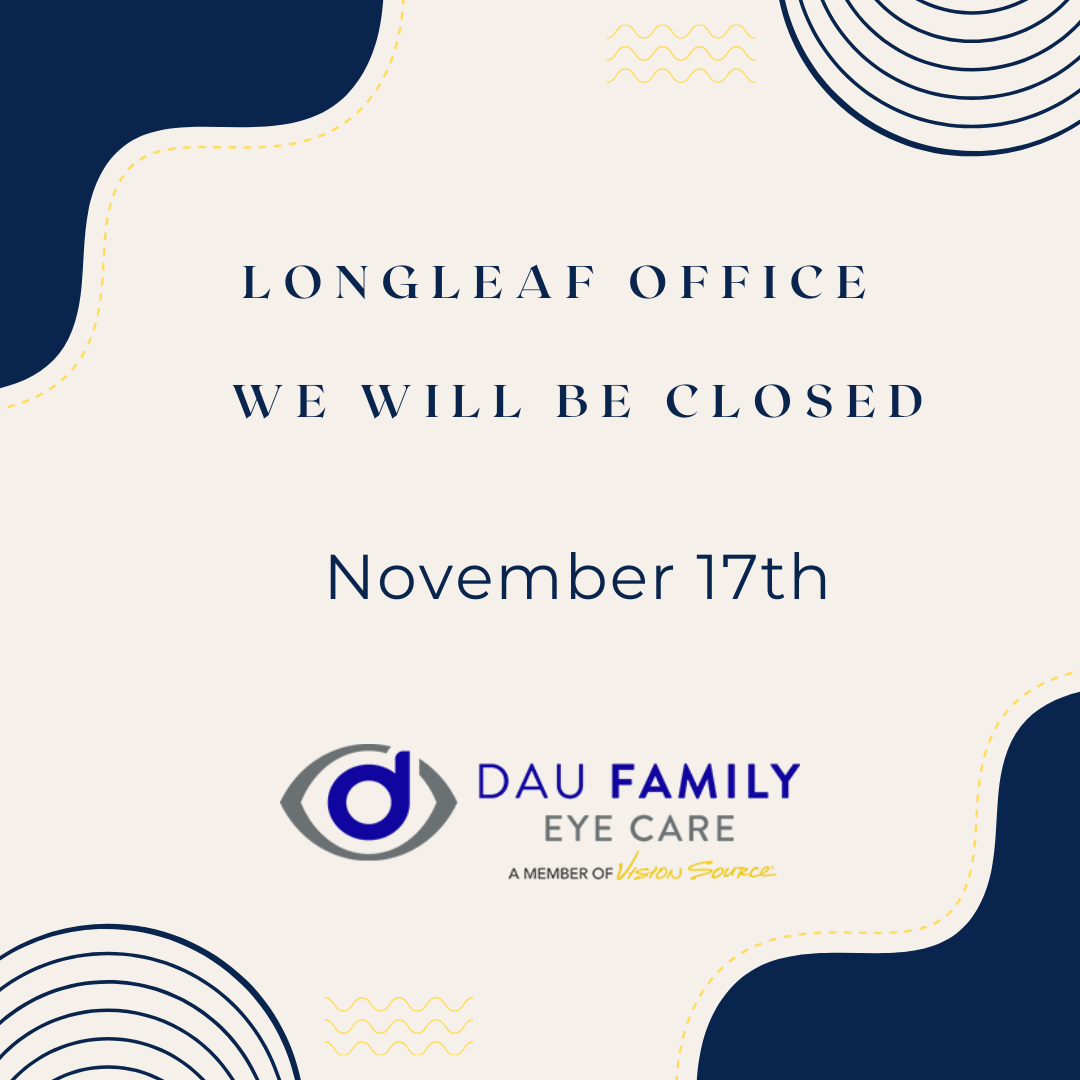
Myopia or nearsightedness is an eye condition where an individual is not able to see distant objects. The condition usually begins in childhood and gets worse during adolescence or in the teenage years. Myopia is detected when the child begins school.
Difficulty reading the board is usually the first sign that the child has vision problems. The condition is often corrected using prescription eyeglasses or contact lenses. Wearing the glasses as prescribed does not make the vision worse.
What Causes Myopia
When someone has myopia, the eyeball is longer than it should be from front to back. This means that light rays that create images focus at the front of the retina instead of directly on it. Because of this, distant objects appear blurry and unclear.
Myopia can be genetic, and most kids with it have at least one parent with the condition. If you have a family history of myopia or progressive nearsightedness, it is important to get regular eye testing.
Signs That Your Child May Be Myopic
Young children may not realize they have vision problems. Most kids do not complain about their vision, simply moving closer to see more clearly. They might find it difficult to see things that are far away, but in most cases, they will just squint.
If you suspect that your child may be having difficulties with vision, it is necessary to visit an eye doctor. Children should get their vision checked for the first time at six months old. The next checkup should be at three years and then again before they start first grade.
How Myopia Is Treated
Nearsighted children are usually treated using corrective eyeglasses. Corrective lenses can slow down the progression of myopia. In some cases, special eye drops may be administered. Kids can move to contact lenses when they get older and can take care of the lenses.
It is important to talk to an eye specialist about the best treatment for your child. Studies suggest that using eye drops that contain atropine can slow down the progression of myopia. Atropine is a drug that helps the eyes relax, preventing squinting on the inside.
Developing Other Eye Conditions
There is a relationship between myopia and the risk of other eye conditions. A child with myopia has a high risk of developing certain eye diseases as he gets older.
These diseases are macular degeneration, glaucoma, retinal detachment, and cataracts. These are all conditions that can potentially result in vision loss. It is important to treat myopia early enough to prevent the eyes from getting worse over time.
Slowing Myopia Progression
It is not possible to prevent myopia, but it is possible to slow down its progression in most cases. Simple steps like spending time outdoors every day and taking regular breaks to relax the eyes can help. It also helps to maintain a proper working distance and to use good lighting. It is a good idea to start teaching your child about habits that will help prevent eyestrain.
For more on the detection of myopia, visit Dau Family Eye Care at our office in St. John's, Florida. You can call (904) 713-2020 today to schedule an appointment.





